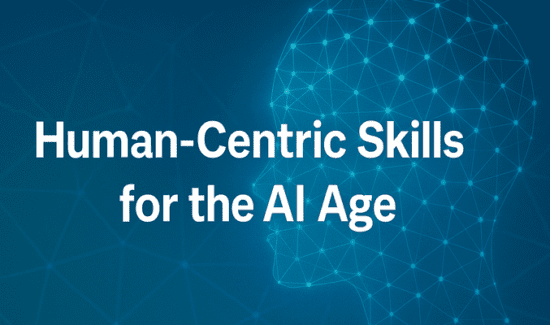RMAD Predictions with Gartner and Alpha Software

Alpha Software recently released a survey, Enterprise Developers Rank Critical Requirements for Success in the Coming App Explosion, that details what enterprise app developers view as the most important aspects of developing mobile apps specifically for businesses, that may not be totally known or realized by executives and IT departments. I spoke with Gartner Analyst Jason Wong, who specializes in enterprise mobile app development and Dan Bricklin, CTO of Alpha Software to discuss the near and not-so-near future of rapid mobile app development (RMAD) in businesses and why understanding the concepts outlined in the survey are so important to grasp going forward with enterprise mobile app development.
“One of the things that’s interesting is that there’s been lots of research in this area,” said Bricklin. “The same things keep coming up: What’s important? There are many polls that end up with the same answer; there’s a desire to build, there’s an understanding that usability is important. Looking at the top things, the ones that are overwhelming in how important they are, reminds you what to look for. People need to be able to make it easier to use; it needs to be appropriate, but it has to tie into corporate data. I think that one thing that’s important to look at is, how is the list of what’s needed different than the consumer applications when people are talking about consumer development? In the business world the answers on how to build apps are different than in the consumer world; that’s important to understand and that’s why it’s important to look at surveys like this.”
Widget not in any sidebars
Rapid mobile application development, has gained momentum recently due to the rise in the realization that enterprise apps are not only convenient, they are becoming necessary in certain professions. With this demand for developers to build these apps this technology was needed so that having a skilled developer is not essential for building a high functioning, secure enterprise app.
“We’re definitely seeing a sprawling demand for RMAD tools by businesses,” said Wong. “There’s IT that’s trying to meet the demand of the business units to fulfill all these mobile apps they need for employees, business partners and even consumers, but there’s just not enough skilled mobile developers at this point. It can be very expensive to hire and train [new developers] because the demand for these business talents is also so great that it’s hard to retain them.
“RMAD tools are becoming very popular because these tools allow enterprises to use and train their existing resources, business analysts, and folks that are maybe designers, that use Photoshop or InDesign or have worked on Microsoft Access building macros and things like that.” continues Wong. “They don’t know coding, but they can put together a user interface, they can use modeling to create work flows and model some of the business logic, so they’re able to ramp up these resources faster to deliver applications. We’re seeing that the demand for mobile apps is five times that of Its ability to deliver on it. These RMAD tools allow IT to decentralize some of that work so IT’s not a bottleneck and these “citizen developers” and this self-service development can happen within the lines of business as well as IT users that may not be programmers.”
These RMAD tools come have different strengths once you’ve determined what you need from your enterprise apps. As more and more internal business apps are produces, corporate app stores will become the norm where employees from different departments will have access to the apps that will benefit them. Each employee will have their own portfolio of apps that differs from other departments.
“We predict that enterprises will have upwards of one thousand apps,” says Wong. “Today you have hundreds of desktop applications in a large enterprise; HR systems, sales systems, financial systems, customer service, and for each one of those apps the backend sits on a desktop. These apps could be repurposed for different types of users; information from those backends could live in different types of applications.
“Mobile applications are much smaller. So when you work, you work in an application to fit your profile and your persona. You go in and do a task fairly quickly, then get out. There’s going to be several different apps you will need based on your profile; you can have some business productivity apps. If you’re a sales person, you have document apps, multiple sales apps, your time expense application, schedule application, weather application when you’re traveling, and things like that; there’s going to be lots of applications out there.”
RMAD is going to kickstart and enhance the inevitable and rapid growth of enterprise mobile apps. As these tools continue to develop we will see employees from different departments having hands in the creation of the apps they will use everyday,and we’ll see the weight lifted off the developers and distributed in a much more effective way.
For more information, download the full report from Alpha Software and check out our Mobile Application Development Platform Buyer’s Guide and see which vendors offer RMAD.




